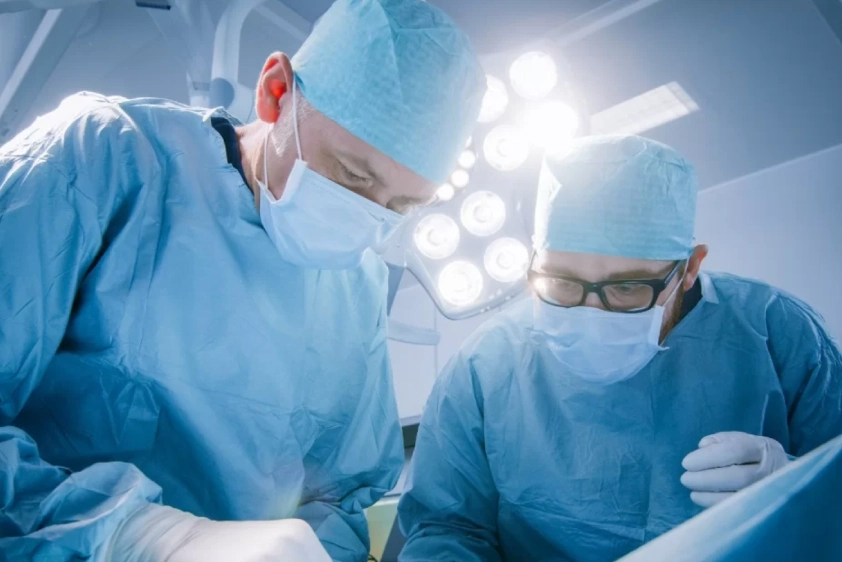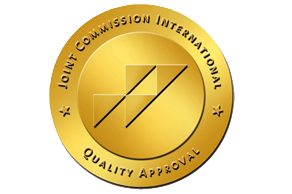How is Robotic Assisted Surgery better than Traditional Surgery?
When faced with the need for surgery, it is natural to feel overwhelmed by the available options. Traditional surgery has been the norm for decades, but in recent years, robotic-assisted surgery has come to prominence as a cutting-edge option. The question is, how does this modern approach compare to the time-tested old approach? Let’s look at why robotic-assisted surgery might be the better option for you.
Precision and Control
One of the most significant advantages of robotic-assisted surgery is its unparalleled precision. Surgeons operating through robotic systems can control the robotic arms with a level of accuracy that exceeds even the most skilled human hand. This precision is particularly advantageous in delicate procedures where accuracy down to the millimeter is critical, such as in urologic surgeries or cardiac operations. Studies published in the Journal of Robotic Surgery emphasize that the enhanced dexterity of robotic tools allows surgeons to navigate complex anatomical structures with greater confidence, significantly reducing the risk of accidental damage to surrounding tissues and nerves.
In contrast, while effective, traditional surgery is inherently more susceptible to human error, especially during lengthy procedures. Surgeons depend solely on their manual dexterity, which, despite their expertise, cannot always match the consistency provided by robotic systems. Research highlighted in the British Journal of Surgery supports this by showing that robotic-assisted surgeries generally result in lesser complications and better patient outcomes. This increased precision and safety profile are why many of the best surgeons in Dubai are increasingly adopting robotic-assisted techniques in their practices, aiming to offer their patients the most advanced care available.
Smaller Incisions, Less Pain
Robotic-assisted surgery typically involves smaller incisions than traditional open surgery, a key advantage highlighted in multiple studies. According to a study published in the Annals of Surgery, the minimally invasive nature of robotic surgery significantly reduces trauma to the body, leading to less postoperative pain and discomfort. This is particularly beneficial for patients, as it translates to lower chances of infection, shorter hospital stays, and quicker return to daily activities.
Traditional surgery, by contrast, often necessitates larger incisions to provide the surgeon with adequate visibility and access to the surgical site. These larger incisions are associated with more significant pain, longer recovery periods, and more prominent scarring. The Journal of Minimally Invasive Gynecology corroborates this, noting that the cosmetic outcomes of robotic surgery are superior due to the smaller scars it leaves behind.
Better Visualization
Robotic surgical systems are equipped with high-definition 3D cameras that give surgeons an exceptionally detailed view of the surgical area. This enhanced visualization is crucial during complex surgeries, where clarity can significantly impact the procedure’s success. According to a research presented in the Journal of the American Medical Association, robotic systems’ magnified, three-dimensional view allows surgeons to perform intricate procedures with remarkable precision, improving surgical outcomes.
In contrast, traditional surgery relies on the surgeon’s direct line of sight, which can be restricted depending on the surgical site and the surgeon’s ability to maneuver around anatomical obstacles. A review in the Journal of Surgical Oncology highlights that this limitation can increase the risk of complications, particularly in surgeries involving hard-to-reach areas. The superior visualization offered by robotic systems thus enables surgeons to navigate these challenges with greater confidence, reducing the likelihood of complications.
Reduced Risk of Complications
The combination of precision, smaller incisions, and superior visualization in robotic-assisted surgery significantly reduces the risk of complications. Research published in the Annals of Surgery highlights that patients undergoing robotic surgery are less likely to experience complications such as excessive bleeding, infections, and prolonged hospital stays due to the minimally invasive nature of the procedure and the enhanced control it offers surgeons. The robotic arms’ ability to eliminate even the slightest hand tremor ensures that delicate anatomical structures are managed with utmost care, thereby reducing the likelihood of accidental damage to surrounding tissues.
While traditional surgery remains a crucial option, especially in cases where robotic technology may not be applicable, the reduced complication rates associated with robotic surgery make it an increasingly appealing choice for patients. This shift in preference is shown in the growing recommendation of robotic-assisted surgery by healthcare providers, who emphasize its benefits over more conventional methods.
The Future of Surgery
As technology advances, robotic-assisted surgery is likely to become even more prevalent. For patients, this means access to safer, more efficient surgical options with better outcomes. Whether you’re considering surgery for a routine procedure or something more complex, it’s worth discussing with your surgeon whether robotic surgery is the right choice for you. With many of the best surgeons in Dubai embracing this technology, patients can rest assured they are in capable hands and enjoying the best that modern medicine has to offer.
While traditional surgery has its place, the benefits of robotic-assisted surgery—precision, minimal invasiveness, enhanced visualization, and reduced risk of complications—make it a superior option for many patients. It’s not just the future of surgery; it’s already making a significant difference today.





